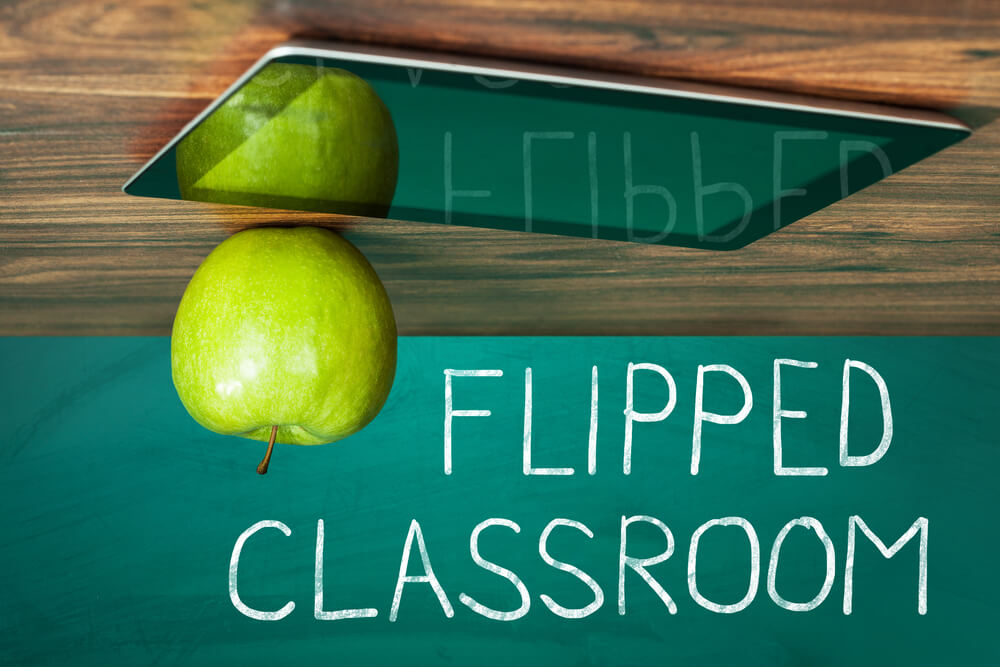Personally, I would identify as a digital native. Born in the year 1993, I was alive for most of the current advancements in digital technologies. I use and enjoy most of what the world of technology has to offer to me. I love keeping up with the latest technology trends. With that being said, I do not feel frustrated with my studies as a result of the way technology is used and not used. Being that I am completing my graduate studies online, and most of my courses are teaching me how to implement technology, I feel that technology is being used appropriately. If I am presented with a situation in which I do not know how to use certain technologies, I will become frustrated. However, I will usually "google" and teach myself how to use that certain technology.
After reading and watching the provided articles and videos about Digital Natives and Digital Immigrants, I feel the stigma us Digital Natives receive is troubling. I definitely do not think I am attached to my devices or unable to interact socially in real life. I also do not think that just because I am a Digital Native, does not mean I do not have the potential to know the implications that technology may bring, as stated by Sree Sreenivasan in Digital Natives vs. Digital Immigrants. In that sense, I sometimes feel like I am in between. I love technology and I love what it brings to the world of education. However, I do see how too much technology can be a bad thing. I also believe that not everything can be solved with a digital answer; that sometimes, the more traditional route is better.






